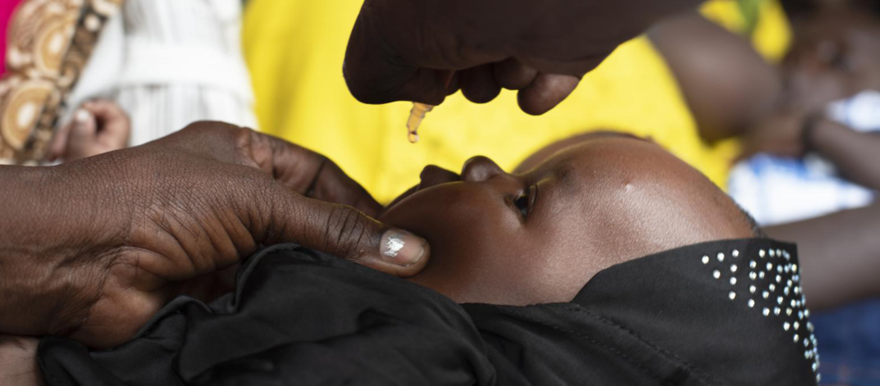Children lives at risk as South Sudan records new polio cases

Save the Children has reported that thousands of South Sudanese children are at risk of a polio outbreak as the country recorded new cases.
Recently, at least nine new polio cases were recorded in the country’s greater Bahr el Ghazal region despite a declaration by the World Health Organization (WHO) that Africa was free of the wild poliovirus three months ago.
However, WHO says the new cases in South Sudan are reportedly from the vaccine-derived poliovirus 2 (cVDPV2), a mutation of a weakened form of the virus that was administered through vaccination.
Save the Children says this could lead to resistance to vaccinations which could expedite the infections.
Rama Hansraj, Save the Children Country Director in a statement said, “Polio usually can spread rapidly in areas with a lack of clean, safe water. Violence and floods in some parts of the country hamper access to health services as well, pushing unvaccinated children to a high risk of infection.”
“This outbreak has emerged as a result of a low immunity and under-immunization of communities rather than a problem with the vaccine,' she asserted.
She says the situation is aggravated by recent floods which have destroyed parts of the health infrastructure and limited access to essential health services such as vaccination programs.
Save the Children is calling on the international community and South Sudanese government to provide urgent financial assistance to increase the polio campaigns across the country, ensure unhindered access for polio campaigners to reach every last child, and strengthen public emergency health capacities through increased public financial spending on child health.
According to WHO, polio is a highly infectious disease caused by a virus that mainly affects children under five years old. The virus attacks the spinal cord and causes irreversible paralysis in children and is transmitted by the fecal-oral route and by aerosol droplets – especially through contaminated water.